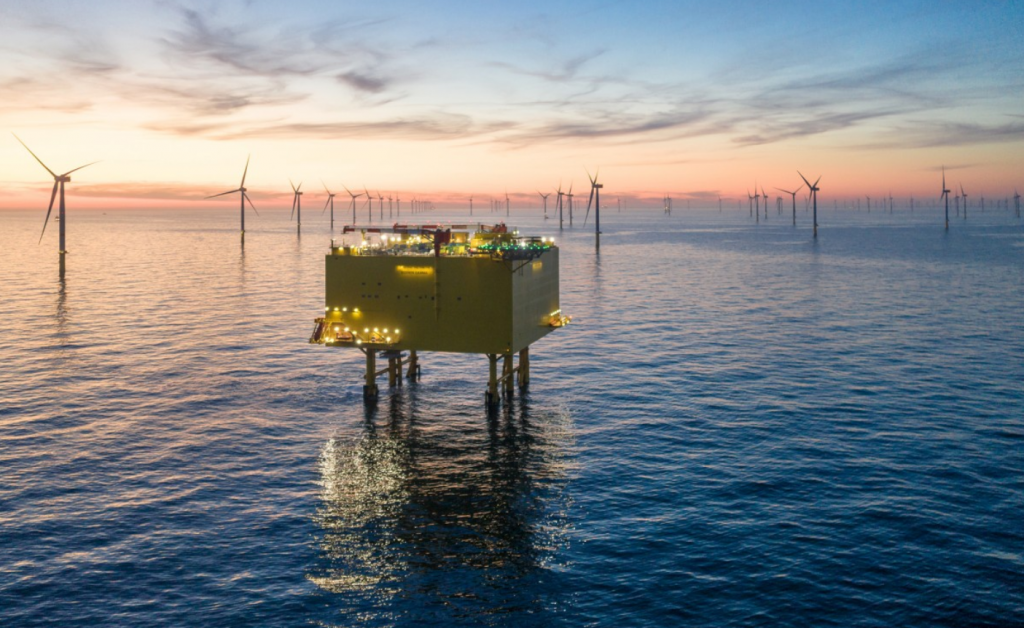The US Department of Energy’s (DOE) Grid Deployment Office (GDO) and the Department of the Interior’s (DOI) Bureau of Ocean Energy Management (BOEM) have unveiled an action plan for offshore wind transmission on the US West Coast. This plan includes recommendations for integrating the first generation of floating offshore wind farms with the Western electric grid.
Released on January 16, the Action Plan for Offshore Wind Transmission Development in the U.S. West Coast Region (Action Plan) addresses coastal and offshore wind transmission challenges. It outlines strategies for grid connection of wind farms, supporting transmission over the coming decades, and aims to achieve cost savings, improved grid reliability, local energy resilience, and job creation.
“Current and anticipated transmission challenges affecting delivery of power to the grid must be addressed to realize this potential,” the GDO stated in a January 16 press release.
The plan highlights the US West Coast’s suitability for floating wind technology, presenting an opportunity to lead in floating offshore wind development. It advocates a phased, flexible transmission approach to maximize economic benefits, enhance grid reliability, and minimize environmental impacts.
The action plan includes over 50 recommendations across five categories, each addressing specific transmission development needs. These recommendations target implementation by state governments, federal agencies, and private developers.
Among the high-level recommendations is planning and operations, proposing a long-term, phased, and flexible approach for transmission development to achieve economic benefits while maximizing early transmission investments.
The plan emphasizes the importance of partnerships, collaborations across multiple states, improved inter-agency coordination, and respecting Tribal sovereignty and rights in decision-making related to offshore wind.
Standardization and support for a domestic supply chain are also key points. It recommends coordinated efforts by government and industry for technology standardization.
Siting and permitting of transmission infrastructure, including offshore transmission corridors, is another high-level recommendation. A solid foundation of environmental research and development is essential for informed siting, minimizing impacts during planning, construction, operation, and decommissioning, and establishing effective long-term monitoring.
The DOE, in collaboration with BOEM, developed the Action Plan with funding from the Inflation Reduction Act (IRA).
Original Story at www.offshorewind.biz
